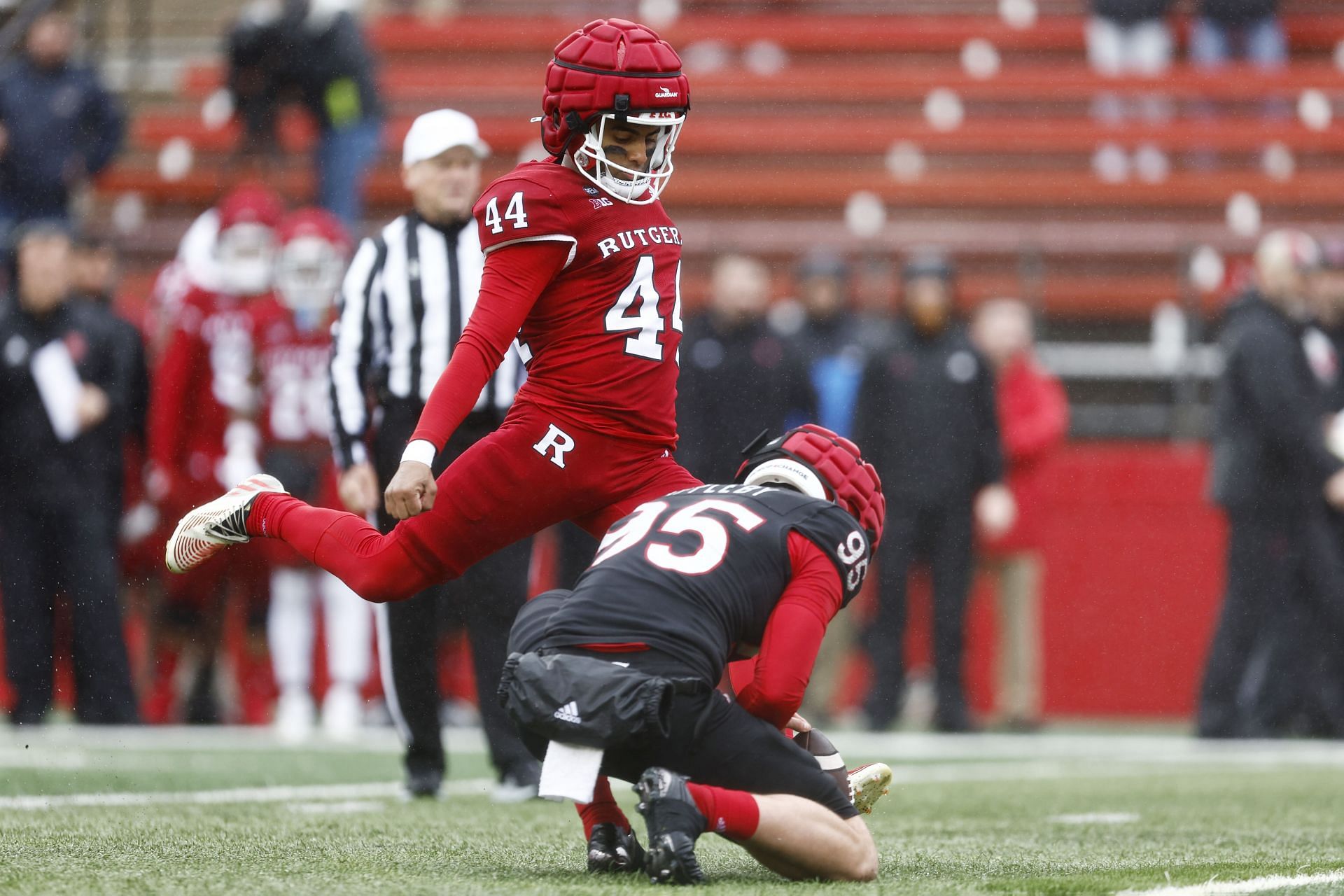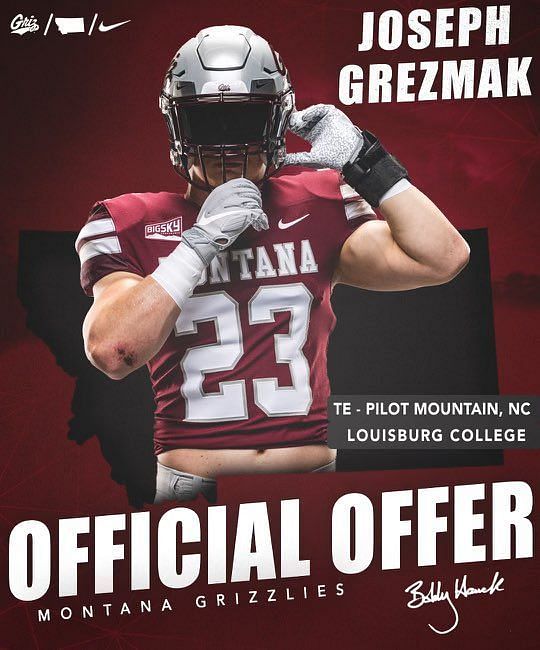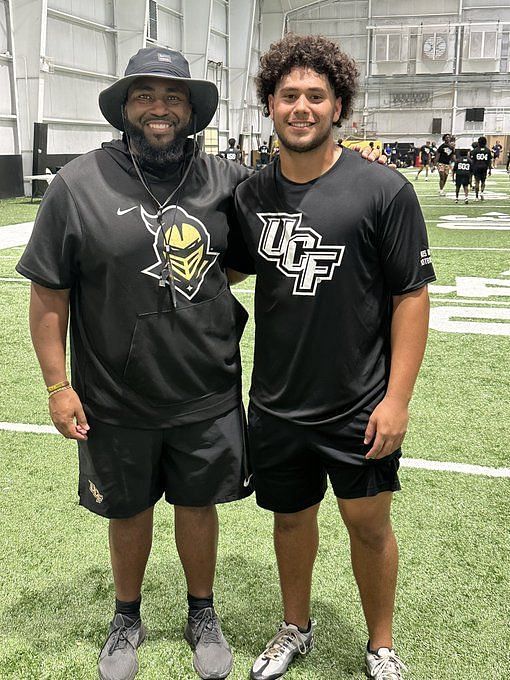
What is a PWO in College Football? The difference between a scholarship, preferred walk-on, and a walk-on
What exactly is the difference between having a PWO and scholarship for a college athlete? Having a successful collegiate career is never a guarantee and the choices made by the players at the beginning of their careers are pivotal.
The NCAA allows programs to have only 85 scholarship spots, which leads programs to find other ways to navigate this rule, such as using preferred walk-ons (PWOs) and walk-ons. Let's examine the distinctions between these three designations.
Scholarship
Scholarship designation is pretty self-explanatory. Programs actively recruit players whom they believe are essential for their rosters. These scholarship spots are capped by the NCAA at 85 but they get the best possible treatment, amenities and of course financial assistance.
Scholarship athletes are guaranteed spots on the roster and travel with the team. They may receive a full-ride scholarship covering all expenses, including tuition and board, or a partial scholarship that covers a specific aspect. This is the preferred designation for most players, but not everyone can secure a scholarship.
Preferred Walk-on (PWO)
A preferred walk-on status usually means that the player in question is guaranteed a spot on the roster only during camp. This status is fraught with danger and can lead to disappointment for the player. There are no guarantees whatsoever.
Is the PWO guaranteed to be included in the traveling roster? Not by any means. They can be figuratively cut from the team at any point during the season if the coaching staff determines that their potential was misjudged.
At times, this status creates a vicious cycle. PWOs might not be able to attend campus summer workouts because they have to work to cover costs that scholarship students have covered. As a result, they may not be in top shape to compete for D1 teams.
So, why would anyone crave this perilous status? Quite a few of the PWO's receive scholarship offers from tier two NAIA and NCAA teams. But the allure of earning a scholarship in D-1 FBS and Power-5 schools means that they take the risk anyway.
Walk on
The lowest of the low in this structure is the walk-on. These players join the program without a guaranteed roster spot, unlike even the preferred walk-ons who catch the coaches' attention.
During their first years, both categories of walk-ons do not receive scholarships, although they become eligible for them the following year. However, preferred walk-ons are given scholarships before regular walk-ons, underscoring the challenges faced by walk-ons.
There have been a few success stories from walk-ons like star Clay Matthews, but it is definitely the least preferrable of all the options available.



